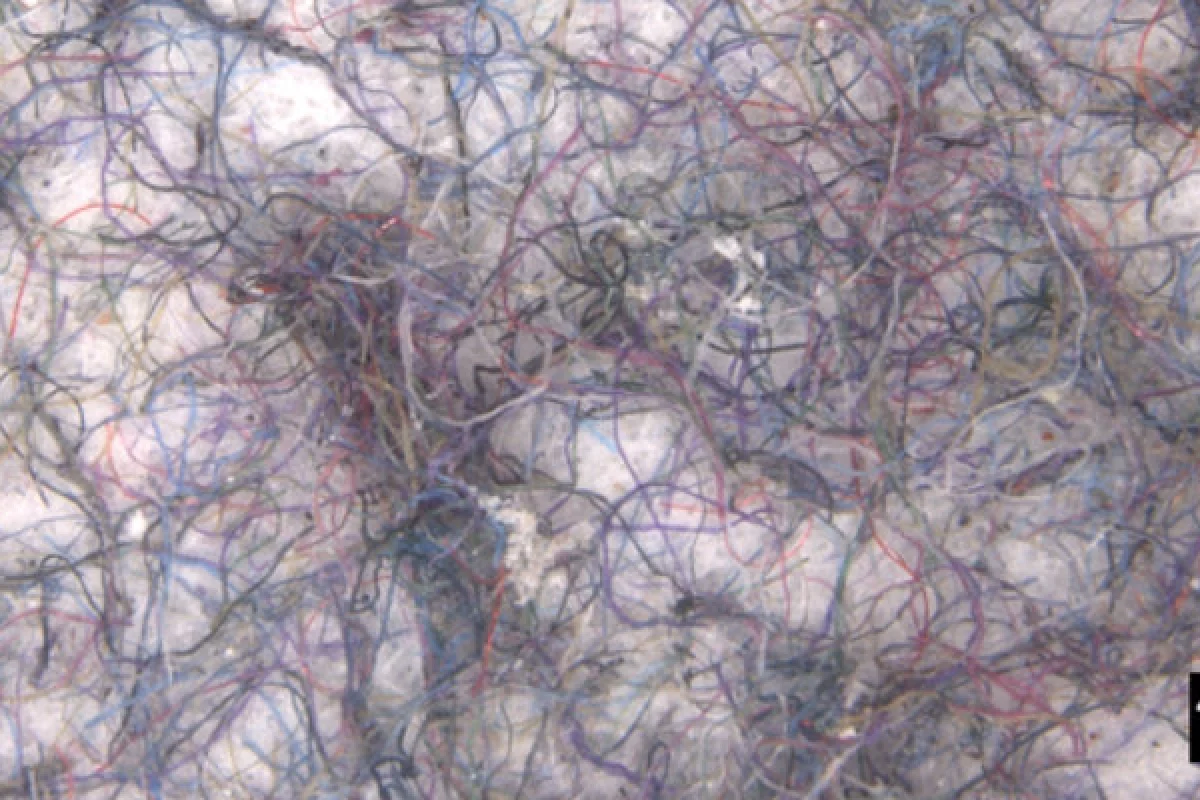The microplastic fibers that are shed by loads of laundry are potentially a big problem, as they can be ingested by aquatic life upon entering waterways. New research now indicates that short, cool washing cycles are best for minimizing the generation of those fibers – and for keeping clothes colorful.
Working with specialists from Proctor & Gamble, scientists at Britain's University of Leeds recently conducted tests in which they machine-washed 32 loads of laundry – each load consisted of 12 dark and eight brightly-coloured T-shirts, along with white fabric squares to test color-fastness.
Conventional washing machines were used, along with pods of Proctor & Gamble's Ariel biological detergent. Half of the loads were washed in a 30-minute cycle at a water temperature of 25 ºC (77 ºF), while the other half were washed for 85 minutes at 40 ºC (104 ºF).
When the wastewater that drained out of the machines was analyzed, it was found that the shorter, cooler cycles caused 52 percent fewer microfibers (by weight) to be released from the T-shirts – additionally, those shirts released 74 less dye. The latter accordingly resulted in a smaller amount of dye being transferred from the shirts to the white squares.
Furthermore, it was found that washing clothes at a temperature of 20 ºC (68 ºF) instead of 40 ºC (104 ºF) saved about 66 percent of the energy used per load. That said, how does a reduction in washing time and temperature affect the cleanliness of clothes?
"The clothes weren't compared for cleanliness, as this would have added a complicating element to the dye desorption studies," says the lead scientist, U Leeds' Dr. Richard Blackburn. "However, [Proctor & Gamble] have developed detergents that provide the same cleanliness in cold-quick cycles, compared to warmer-longer cycles. This is an important feature of this research, which is to show the environmental benefits of washing at these cold-quick cycles and that the consumer does not need to compromise on cleanliness."
A paper on the research was recently published in the journal Dyes and Pigments.
Source: University of Leeds




